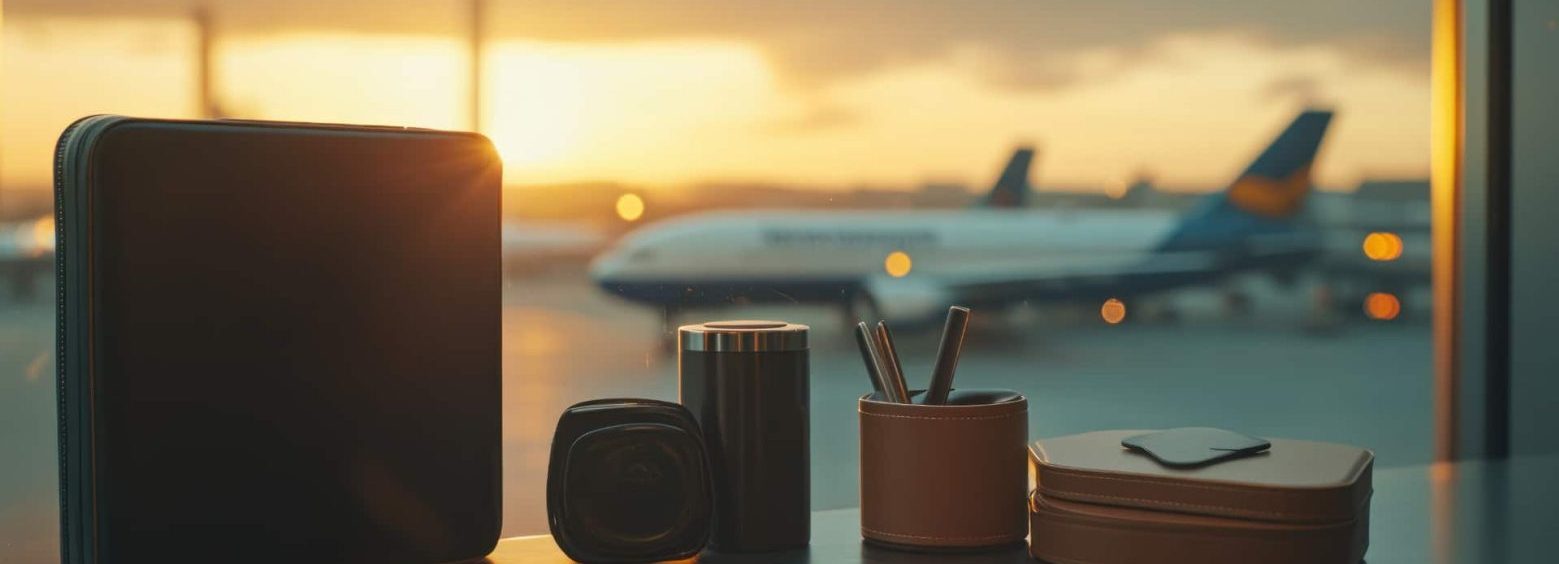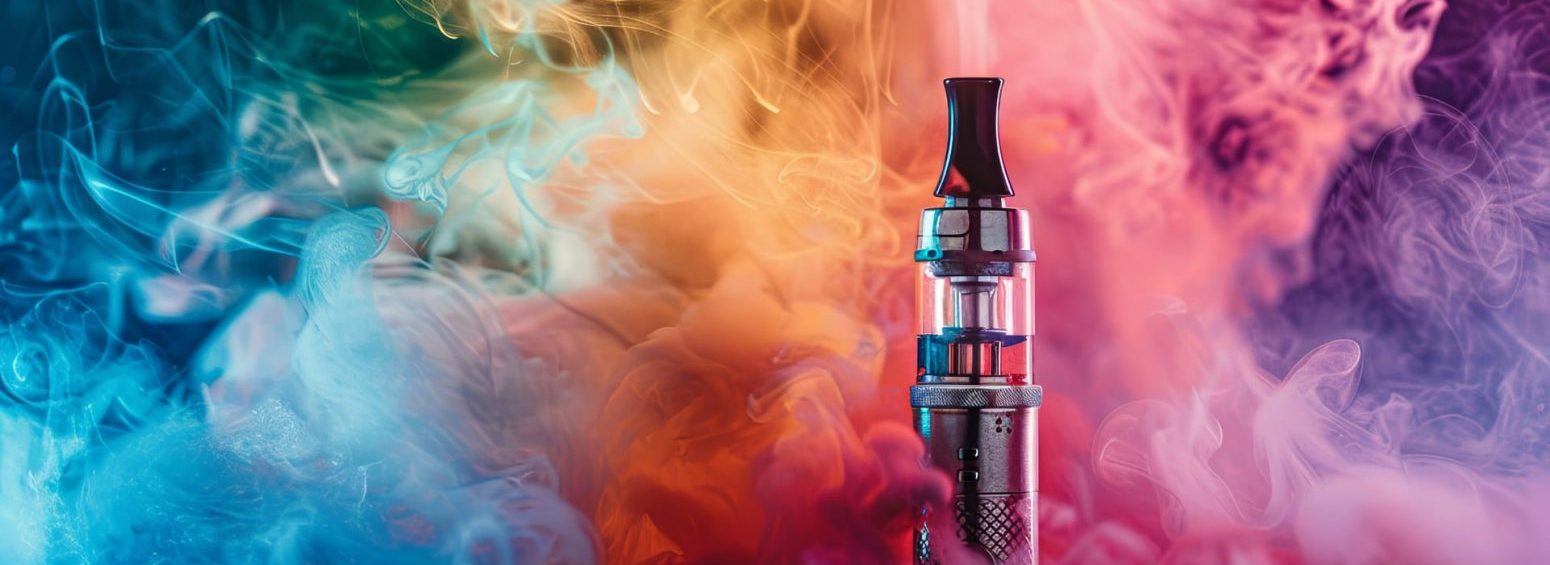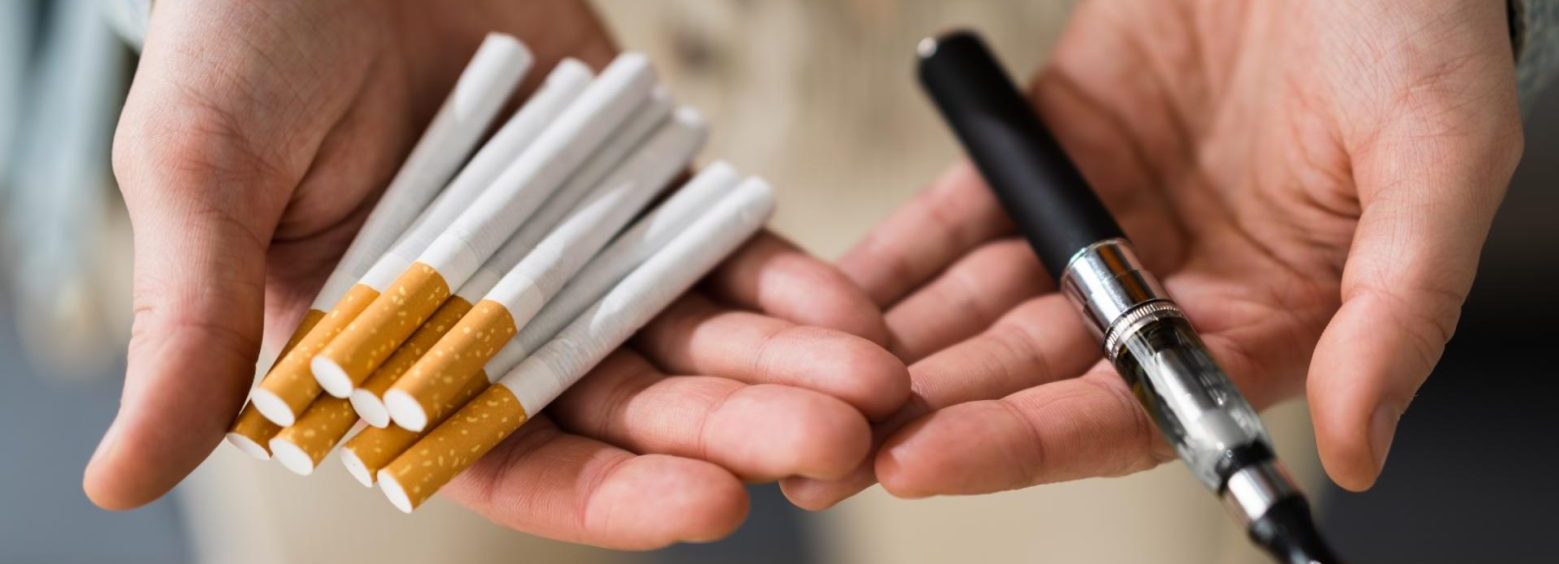- WARNING: This product contains tobacco-free nicotine
- Nicotine is an addictive chemical
- This product is not derived from tobacco
Table of Contents
Subscribe to our newsletter
Recent Posts
Share post:
Table of Contents
Carrying around an e-cigarette can prove to be quite fun as well as quite a challenge. Given the vaping boom, many people often wonder how they can safely pack their vaping devices and e-liquid while traveling, while being compliant with TSA regulations and airline policies. Let’s have a close look at the TSA policies & regulations.
Can You Bring a Vape on a Plane? TSA and Airline Rules
TSA Regulations
The TSA has specific regulations concerning the carriage of electronic cigarettes or vaping devices. These rules should be studied to avoid discomfort during the journey:
- Carry-On Only: All vaping devices must be taken in the carry on luggage. While they are not allowed in checked baggage for safety reasons concerning lithium-ion batteries. If these batteries fail, they can catch fire and that is why airlines are very careful where they position these batteries.
- Battery Regulations: In addition to spare lithium-ion batteries, you must transport them in your carry-on. All passengers are permitted to carry two spare batteries per passenger, protective packing or use battery carry cases, the batteries must not be connectable in such a way that short circuits can occur. This must however be done to make sure that safety is observed during your flight.
- E-Liquids: The e-liquids must follow the TSA regulation on liquid concerning the 3-1-1 regulation. This means that the container should be no larger than 3.4 ounces or 100 milliliters and all containers must fit in a single sealed quart-sized clear plastic bag. If you are traveling with e-liquids it is recommended to adhere to these size restrictions to prevent any complications with the security.
- Device Functionality: While going through security screening it is advisable to make sure that your vaping device is switched off. Actually, this helps in avoiding any wrong triggering of the device during the screening sessions.
Airline-Specific Policies
While TSA regulations may be a point to start from for traveling with vapes, airlines continue to extend policies over the TSA in a more adverse manner. Some general points to remember:
- Prohibition on Use: Many airlines prohibit the use of vapes during flights. This includes both smoking and charging your device while onboard.
- Charging Restrictions: Some airlines may allow you to bring your vape onboard but restrict charging it during the flight. Always check with your specific airline for their policies.
- International Flights: If you’re traveling internationally, be aware that different countries have varying regulations regarding vaping products. Some countries may have stricter laws or outright bans on vaping devices.
What to Expect When Traveling with a Vape in Your Carry-On?
When you arrive at airport security with a vape in your carry-on, here’s what typically happens:
Screening Process
Your carry-on bag will go through an X-ray machine where TSA agents will inspect its contents. If they see your vape device or e-liquids, they may ask you to remove them for further inspection. It’s essential to have your device easily accessible within your carry-on so you can quickly remove it if requested by TSA officers.
Common Scenarios at Airport Security
When passing through security, TSA agents will generally follow standard procedures for inspecting electronic devices:
- Inspection of Devices: If TSA agents need more information about your device or liquids, they may conduct additional screenings, which could involve swabbing the device for traces of prohibited substances.
- Powering Down Devices: It’s crucial to power down your vape before arriving at security. This reduces the risk of accidental activation during screening and demonstrates that you are following safety protocols.
- Quick Access: Keeping your vape easily accessible within your carry-on can help speed up the process if TSA officers request it.
Possible Issues You May Encounter
Despite following all regulations, travelers may still face challenges:
- Confiscation: If any items do not meet TSA guidelines—such as loose batteries or liquids exceeding size limits—they may be confiscated at security checkpoints. This can lead to delays and stress during your travel.
- Incorrect Packing Risks: Packing vapes incorrectly can result in leaks or damage during travel. It’s advisable to secure e-liquids in a clear plastic bag and ensure all devices are powered off.
- Misunderstandings at Security: Occasionally, TSA agents may not be familiar with certain vaping devices or e-liquids, leading to confusion or unnecessary delays. Being patient and prepared with knowledge about regulations can help ease these situations.

Tips for Flying with a Vape
To ensure that your vaping experience remains uninterrupted while traveling, follow these packing tips:
How to Pack Your Vape Safely?
To avoid potential issues when flying with a vape:
- Remove Batteries: Always take out the batteries from your vape device before packing it away. Store them in protective cases specifically designed for lithium-ion batteries to prevent short-circuiting.
- Secure E-Liquids: Place your e-liquids in containers no larger than 3.4 ounces (100 milliliters). Use a clear plastic bag that complies with the TSA’s 3-1-1 rule for easy access during security checks.
- Use Original Packaging: If possible, keep your vape device and e-liquids in their original packaging when traveling. This can help demonstrate that they are legitimate products if questioned by security personnel.
- Avoid Packing Loose Items: Ensure that all parts of your vape are secured tightly within your carry-on to avoid any damage or leaks during transit.
Dos and Don’ts of Traveling with a Vape
To make your travel experience smoother, here are some dos and don’ts:
Do:
- Keep your vape device in your carry-on.
- Ensure all components are securely packed.
- Familiarize yourself with both TSA regulations and airline-specific policies.
- Have identification or receipts available for expensive devices if needed.
Don’t:
- Attempt to use or charge your vape during the flight.
- Leave e-liquids unsecured; always pack them properly.
- Assume that all airlines have the same policies; always check beforehand.
- Try to sneak vapes into checked luggage; this could lead to confiscation.
Understanding Vaping Laws Around the World
While considering traveling abroad, one needs to understand the fact that vaping laws vary widely from country to country. Some have accepted vaping as a healthy alternative to smoking, while others have implemented strict laws or even banned it completely across their territories.
Countries Where Vaping is Restricted or Banned
Countries such as Australia and Singapore have very strict laws in terms of vaping products. In Australia, the laws differ from state to state; some states allow personal use but restrict its sale while others’ penalties are harsh in case a person is found using these devices without proper authorization. Importing or selling e-cigarettes attracts illegal activities in Singapore and can often lead to heavy fines or imprisonment.
Countries like Canada have legalized vaping but regulated the sale of vaping products as with tobacco. There may be a requirement to learn more of the local laws before arriving at a destination to avoid potential legal problems due to vaping.
Tips for International Travelers
If you’re planning on taking your vape abroad:
- Research Local Laws: Before traveling, check the vaping laws of the country you’re visiting as well as any layover countries if applicable.
- Consider Alternatives: In some cases, it might be easier to purchase e-liquids or disposable vapes upon arrival rather than bringing them from home—if local laws permit this practice.
- Be Prepared for Confiscation: Understand that even if you follow all regulations, customs officials may still confiscate items based on local laws or interpretations thereof.
- Keep Documentation Handy: If you’re carrying expensive equipment or large quantities of e-liquids, having receipts or documentation can help clarify ownership and legality at customs checkpoints.
Traveling with a vape doesn’t have to be stressful if you understand the rules and regulations surrounding it thoroughly! By adhering closely to established guidelines set forth by both TSA officials along with being aware of individual airline-specific policies—you’ll find yourself navigating through airport procedures much easier than expected!
Remember to always check ahead before flying—both with airlines themselves regarding their own stipulations alongside local laws especially when venturing internationally since regulations can vary widely across borders!
FAQ
Do You Need To Remove Your Vape At Airport Security?
No, you don’t have to pull out your vape from your bag but it can be placed in a more reachable position in case it is demanded by the TSA agents.
Can You Use Your Vape During The Flight?
No, vaping is considered off-limits while on a commercial flight because there are formations against smoking on the aircraft.
How To Pack Vape Liquids For Air Travel?
The use of vapors necessitates that one carry non-refillable containers, each not exceeding 100 milliliters. These containers should be placed in a clear, quart-sized bag to facilitate examination and ensure convenience during security checks.
Do Limits Exist On The Quantity Of Vape Juice That May Be Possessed?
Indeed, they are; however, according to TSA regulations, only those liquids that meet the 3-1-1 rule are allowed through security checkpoints. For example, every passenger is allowed to take through security checkpoints some liquids in containers that do not exceed 3.4 ounces and fit into a single quart-sized bag.
Can You Fly With Spare Vape Batteries?
Yes, but spare lithium ion batteries must be taken in the hand luggage and they should be protected from short circuit by packing in the same original packing or using such battery cases.
What Happens If You Leave A Vape In Checked Luggage?
Leaving a vape in checked luggage is not allowed; it may be confiscated by TSA due to safety concerns regarding lithium-ion batteries potentially causing fires if damaged or malfunctioning during flight conditions.
Are Vaping Rules Different For International Flights?
Yes! Regulations vary significantly by country; always check local laws before traveling internationally with vaping products as some countries have stricter laws or outright bans on vaping devices altogether.
What Should You Do If Your Vape Is Confiscated?
If confiscated at security checkpoints, inquire about the reason behind it being taken away from you—sometimes misunderstandings occur—and see if there’s an option available for appealing this decision based on specific circumstances surrounding its confiscation process itself!
Can You Charge Your Vape While At The Airport Or During The Flight?
Charging vapes is typically prohibited on flights; however, some airports may have designated charging areas where it is allowed outside of security checkpoints—always check signage indicating whether this activity is permitted!
Subscribe to Our Newsletter
Subscribe now to keep reading and get access to the full archive.
"*" indicates required fields

























